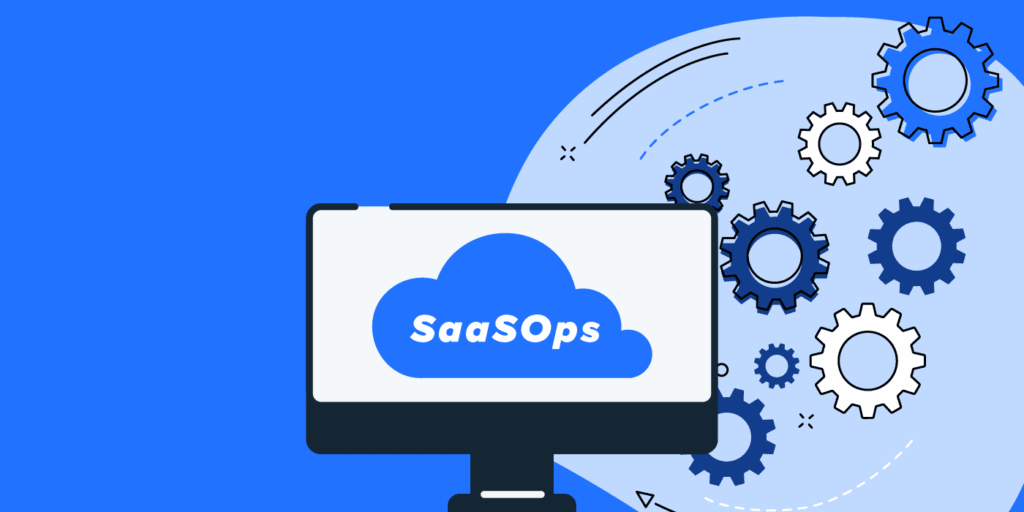Modernizing IT with Cloud Native Patterns – Part 3
May 2, 2018
2 minute read

This content originally appeared as a whitepaper on InsideTrack. This three-part blog series will explore the advantages of going cloud native and offer tips for organizations that are ready to modernize their IT system. Part 3 dives into tips on getting started. (We recommend reading Part 1 and Part 2 here.)
How to get started
Avoid hybrid cloud options
A common anti-pattern for organizations considering a move to the cloud is to adopt half measures and plan for long-term retention of some resources on the local network or data center. But this is most likely a mistake given the threat and cost of supporting and defending those local resources.
Consider that defending local resources at the same level as cloud native services requires a Security Operations Center complete with a SIEM and staff for that SOC with security professionals providing 24/7 coverage. For most companies, that’s cost prohibitive to do themselves. Economies of scale allow SaaS providers to ensure that the cloud native equivalent of that file server, phone system, and videoconferencing server is protected.
Start with a single cloud service
A growing number of companies are already using one or many cloud native services. To join them, start with a single service. Most cloud native providers offer a free tier or 30-day trial that often only require minutes or hours for initial configuration rather than the days or weeks required for traditional infrastructure.
Build a map of dependencies
For example, to move off of Active Directory dependent on an Exchange mail server either on-premise or in a colo facility, migration of the email service comes first. To break site-to-site VPN links between offices, the system may not function without that flat and open network infrastructure.
Identify your biggest obstacle
When planning a migration to cloud native infrastructure, identify the system that presents the largest challenge. Consider legacy applications, Active Directory, colocation facilities, and/or custom or internally developed tools. Which systems have deficient or completely absent documentation?
Then identify the largest application or challenge, estimate how long it will take to overcome that challenge, and create a roadmap centered around that bottleneck. Verify the capacity to migrate or replace the remaining services/applications either simultaneously or consecutively and adjust the roadmap. Remember that replacing or backing up old data is often simpler and faster than migrating old information into a new SaaS provider.
Conclusion
For those who have never considered a shift of infrastructure this significant, it may seem impossible. It’s not. In fact, from a technical standpoint, it’s easier than it has ever been. While it’s not surprising that the vast majority of Silicon Valley startups follow cloud native patterns for their corporate IT infrastructure, that option is not reserved for startups. Don’t try to fight the growing trend of shadow IT as individual employees or departments learn how simple it is to add a cloud native service and do so without the knowledge, approval, or assistance from IT or the organization as a whole. Rather, engage the innovators and embrace a company-wide cloud native infrastructure which will bring increased security, stability, and agility and reduce redundant and conflicting solutions. Your employees will thank you as they feel their potential become unlocked by the most modern and rapidly evolving software available.






